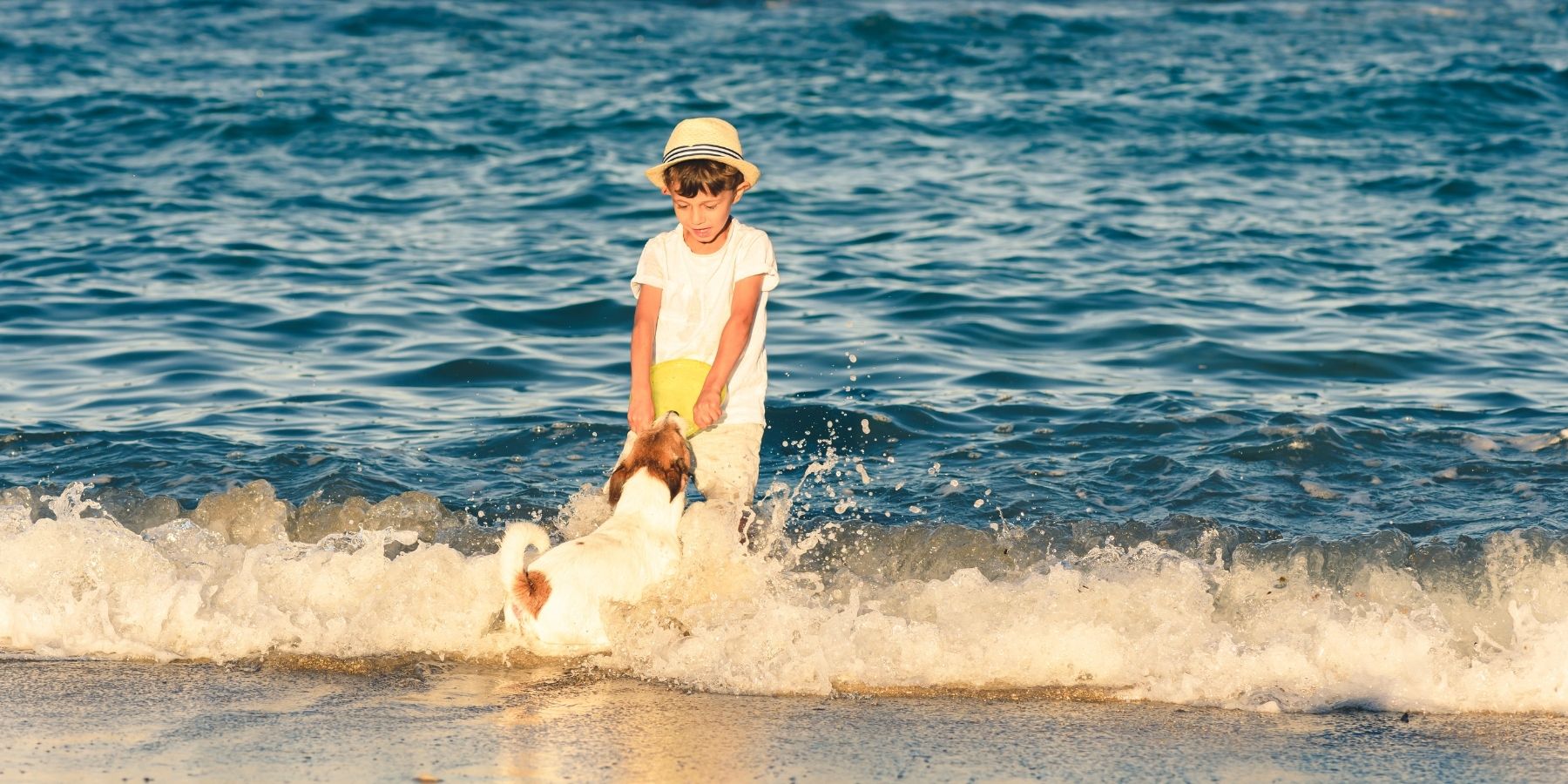Playing tug of war with your dog is a fun and engaging activity that can strengthen your bond and provide great exercise. However, it's important to play this game in a way that avoids promoting aggressive behavior. This article will guide you through simple and effective strategies to ensure that tug of war remains a positive experience for both you and your dog.
Understanding Your Dog's Behavior
Before diving into the rules of the game, it's essential to understand that dogs communicate and express themselves differently than humans. For dogs, certain behaviors during play, like growling or tugging hard, are natural and not necessarily signs of aggression. However, it's crucial to distinguish between playful behavior and genuine aggression.
Choosing the Right Toy
The type of toy you use for tug-of-war matters. Select a toy that is durable and designed specifically for this kind of play. It should be long enough to keep your hands away from your dog's mouth, reducing the risk of accidental biting. Avoid toys that are too small or can be easily torn apart.
Setting the Rules
Establish clear rules for the game. Teach your dog commands such as “take it” to start the game and “drop it” to release the toy. This helps in managing the game and ensures your dog understands when to stop. Consistency with these commands is key to preventing confusion and potential aggression.
Keep the Game Calm and Controlled
It's important to maintain a calm and controlled environment during play. Avoid overexciting your dog, as excessive excitement can sometimes lead to aggressive behavior. Keep your movements measured and avoid overly vigorous tugging.
Monitor Body Language
Pay close attention to your dog's body language. Signs of aggression can include stiffening of the body, showing the whites of their eyes, ears pinned back, or a raised hackle (the hair along the spine). If you notice any of these signs, it's time to stop the game and give your dog some time to calm down.
Let Your Dog Win Sometimes
Allowing your dog to win occasionally can make the game more enjoyable for them and reduce frustration. A dog that feels constantly overpowered may become stressed or aggressive. Winning sometimes can boost their confidence and keep the game fun.
Avoid Physical Punishment
Never use physical punishment during the game, as this can provoke fear and aggression. If the game gets too rough, calmly end it by using the “drop it” command and removing the toy.
Don’t Play Tug with Multiple Dogs
Playing tug of war with multiple dogs at once can lead to competition and aggression. It's best to play one-on-one to keep the game controlled and safe.
Supervise Children
If children are playing tug of war with the dog, always supervise. Make sure children understand the rules of the game and how to play gently. The game should be stopped immediately if the play gets too rough.
Use Tug of War as a Training Opportunity
Use tug of war as an opportunity to reinforce training. Practice commands and reward your dog for obeying during the game. This not only helps in avoiding aggression but also strengthens your dog’s obedience.
Provide Cool-Down Periods
After playing, give your dog some time to cool down. Engage in a calm activity like a gentle walk or some quiet time. This helps to bring their excitement level down and signals the end of playtime.
Conclusion
Tug of war can be a healthy and enjoyable activity for you and your dog when played correctly. By choosing the right toy, setting clear rules, monitoring your dog’s behavior, and using the game as a training opportunity, you can avoid aggression and keep the game fun and safe.


